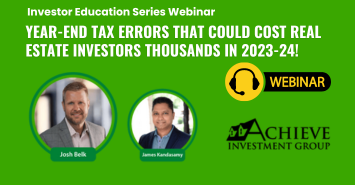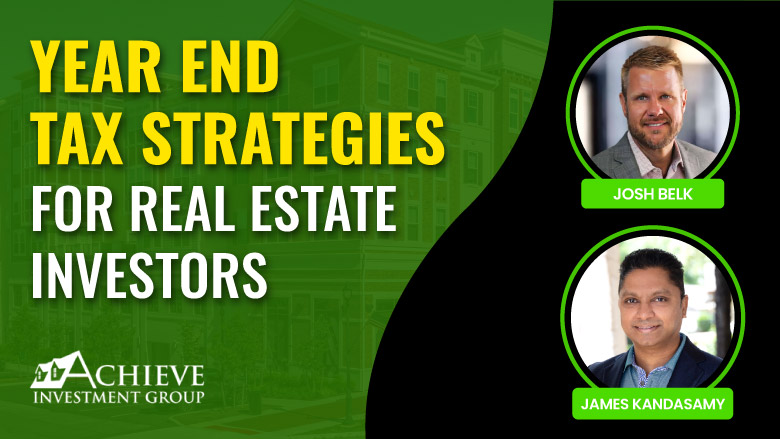The Power of Multiplicity: Investing in Multifamily Properties
In real estate investment, acquiring multifamily properties has gained significant traction in recent years. As it relates to investing in multifamily properties, the power of diversity cannot be understated. This article will delve into the various aspects of this investment strategy, exploring its benefits, challenges, and why it has become an attractive option for both seasoned and novice investors. Understanding Multifamily Properties Before we dive into the nuances of investing in multifamily properties, it’s crucial to understand what these properties entail. Multifamily properties are residential buildings that house multiple units or apartments within a single structure. They can vary in size from duplexes and triplexes to large apartment complexes. The Appeal of Multifamily Properties Investing in multifamily properties offers several advantages, making it a compelling choice for many investors. Let’s explore these benefits in detail: Diversification of Income One of the critical advantages of multifamily properties is the diversification of income streams. With multiple units under a single roof, investors can generate rental income from various sources. This diversification helps spread risk and provides a more stable cash flow than single-family properties. Economies of Scale Managing multiple units in a single property allows for economies of scale. Maintenance costs, property management expenses, and other operational overheads can be significantly lower per unit in multifamily properties. This translates into higher profitability for investors. Appreciation Potential Multifamily properties often have a higher appreciation potential than single-family homes. The value of these properties can increase substantially over time, leading to significant capital gains for investors. Tax Benefits Investors in multifamily properties can enjoy various tax benefits, including deductions for mortgage interest, property depreciation, and other expenses related to property ownership. These tax advantages can result in substantial savings for investors. Overcoming Challenges While investing in multifamily properties offers numerous advantages, it also comes with its fair share of challenges. It’s essential to be aware of these potential obstacles and plan accordingly. Property Management Managing multiple units and dealing with tenants in multifamily properties can be more complex than handling a single-family home. Investors need to have effective property management systems in place to ensure smooth operations. Financing Securing financing for multifamily properties may be more challenging than obtaining a mortgage for a single-family home. Lenders often require higher down payments and stricter underwriting criteria. Market Research Investors must conduct thorough market research to identify their multifamily property investment location. Understanding the local rental market and demand is crucial for success. Maintenance and Repairs With multiple units, maintenance and repairs can become more frequent and costly. Investors should budget appropriately for ongoing maintenance to keep the property in excellent condition. Strategies for Successful Multifamily Property Investment Investing in multifamily properties requires a strategic approach to maximize returns and mitigate risks. Here are some strategies to consider: Due Diligence Thorough due diligence is paramount when evaluating multifamily properties. This includes a comprehensive analysis of the property’s financials, condition, and rental history. Engaging the services of a real estate professional can be invaluable in this process. Location Selection Choose locations with strong rental demand and potential for future growth. Proximity to amenities, schools, and public transportation can significantly impact the property’s desirability to tenants. Property Management Invest in professional property management or develop effective systems for tenant screening, rent collection, and property maintenance. A well-managed property is more likely to yield consistent returns. Financing Options Explore various financing options, including traditional mortgages, commercial loans, and partnerships. Consider the long-term implications of each financing choice on your investment goals. Continuous Learning Stay updated with the latest trends and regulations in the real estate market. Continuous learning and adapting to market changes can help you make informed investment decisions. Conclusion Investing in multifamily properties, with the power of diversity, offers a unique opportunity to build wealth and create a diversified income stream. While it comes with its challenges, careful planning, and strategic execution can lead to substantial rewards. As you embark on your multifamily property investment journey, remember to conduct thorough research, seek professional guidance when needed, and remain adaptable in a dynamic real estate market.









